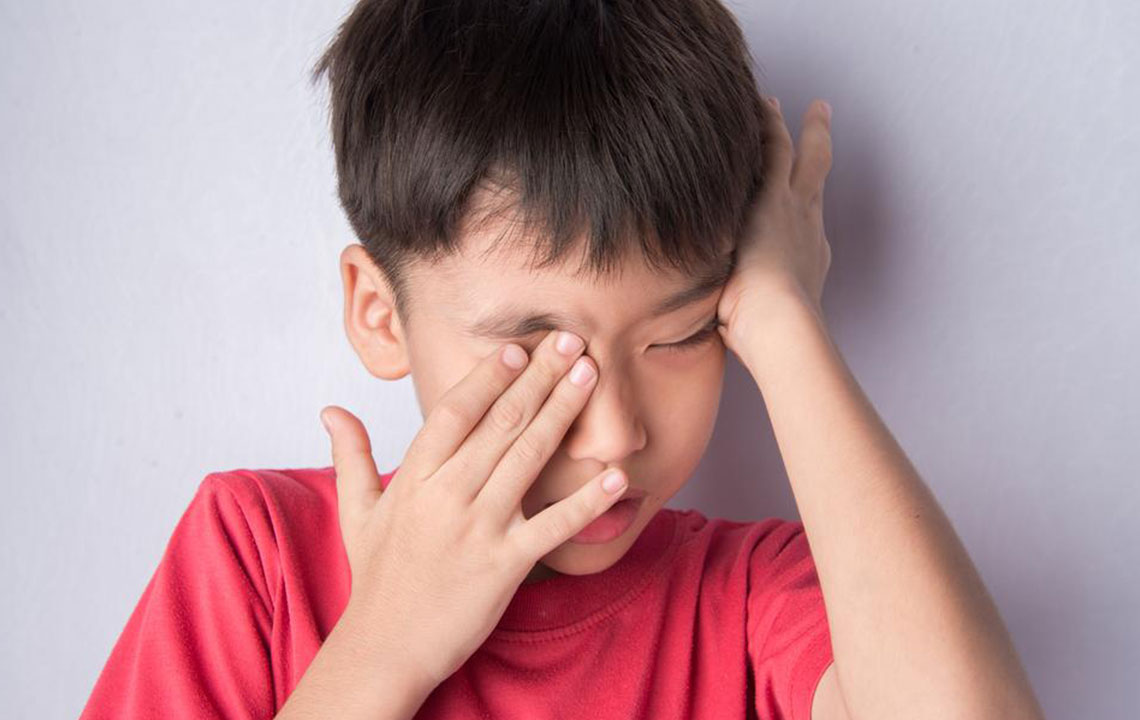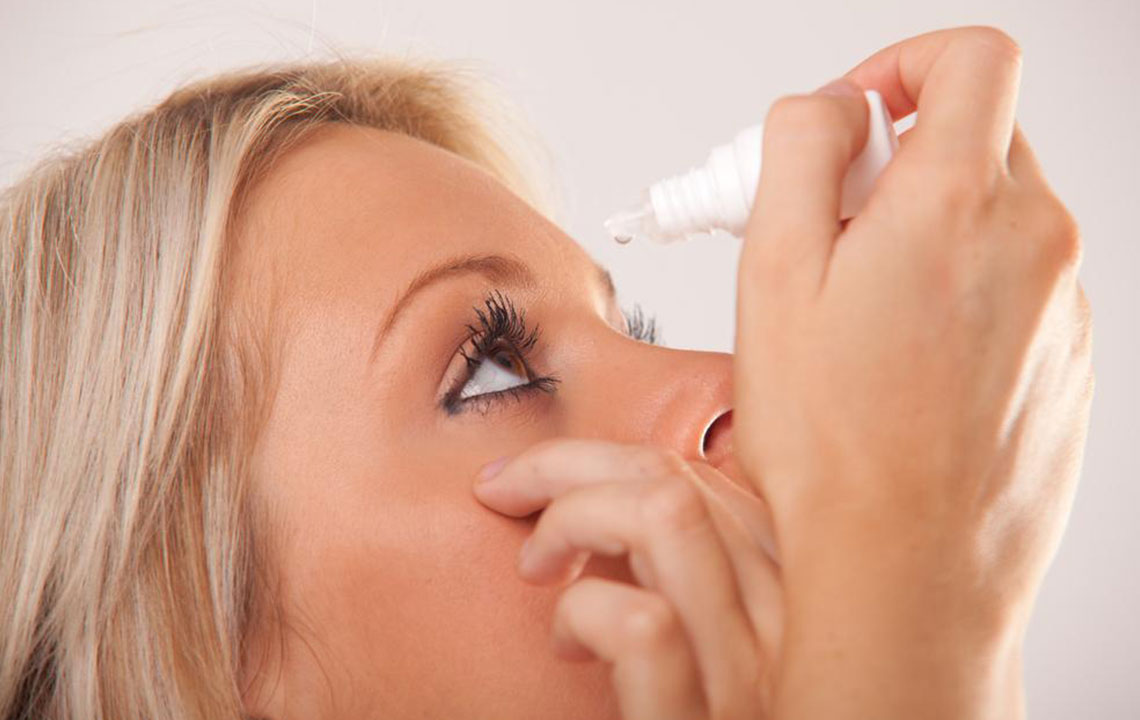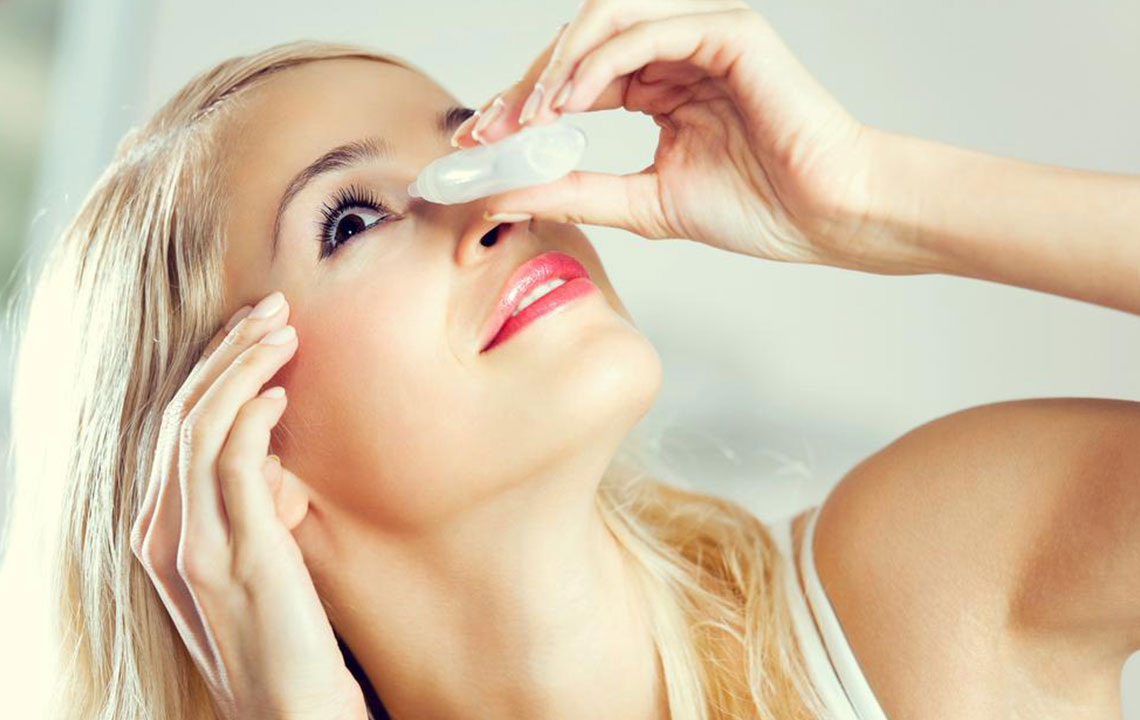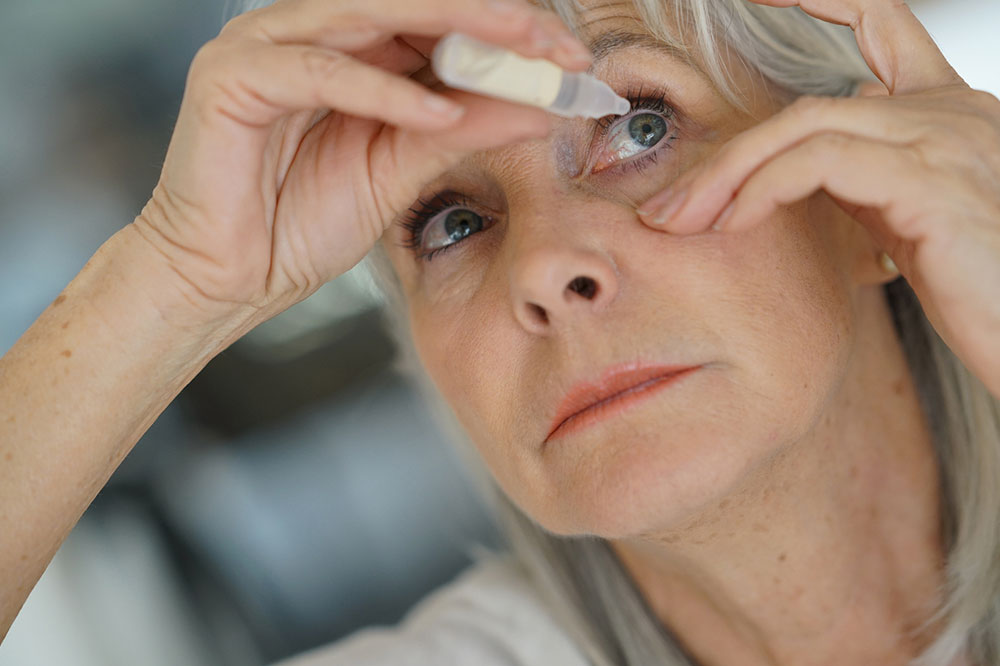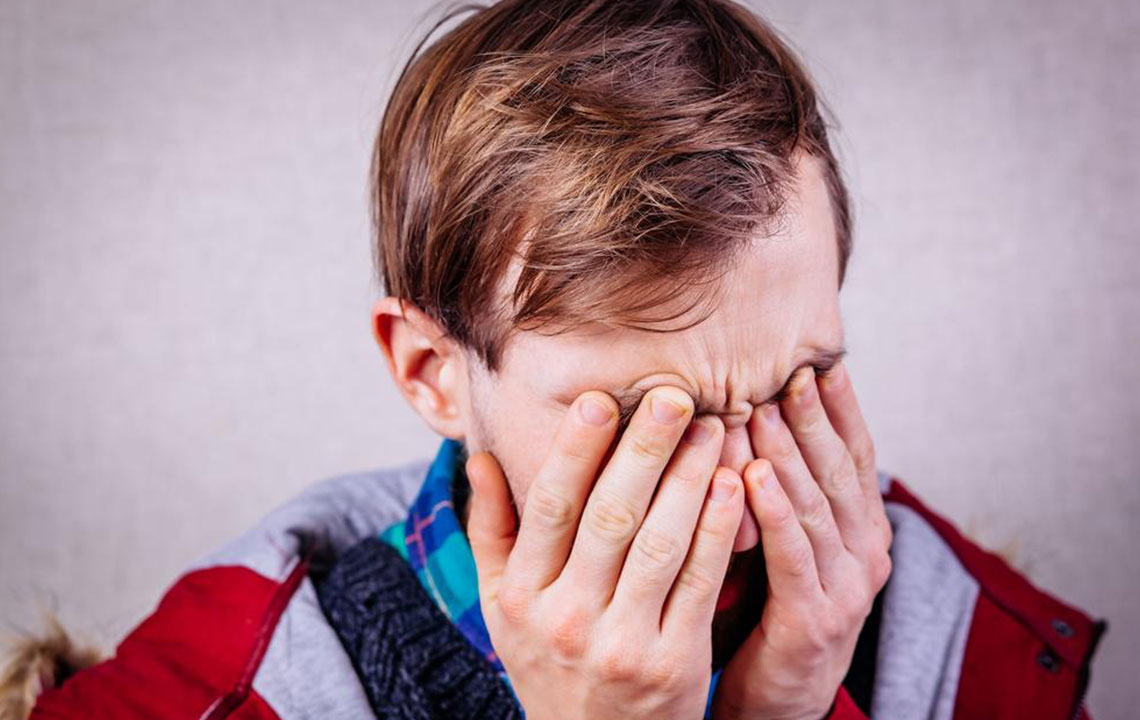Comprehensive Guide to Top Treatments and Eyedrops for Dry Eye Relief
This comprehensive guide explores effective treatments and eyedrops for dry eye relief, detailing causes, symptoms, and management strategies. Learn how specialized eye drops, lifestyle adjustments, and professional care can alleviate discomfort and maintain eye health. Suitable for dry eye sufferers seeking lasting relief, this article covers the latest options in eye care and prevention techniques.
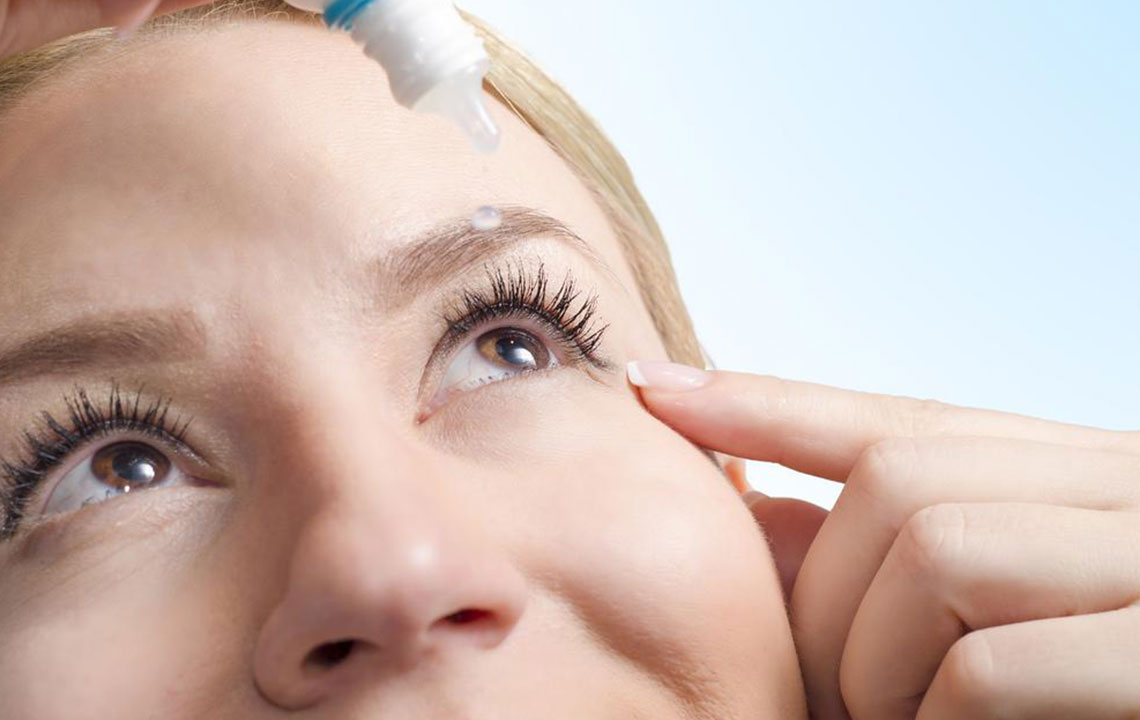
Effective Strategies and Eyedrops to Manage and Alleviate Dry Eyes
Dry eye syndrome is a widespread condition characterized by insufficient lubrication of the eye’s surface, leading to discomfort, visual disturbances, and potential eye damage if left unmanaged. This condition affects millions worldwide and can significantly impair quality of life. Fortunately, there are numerous treatment options available, with specialized eyedrops being among the most accessible and effective solutions. Recognizing the causes, symptoms, and proper management techniques is crucial for maintaining healthy eyes and preventing complication.
Dry eyes can develop due to a variety of factors, including natural aging processes, hormonal changes (such as during menopause), environmental pollutants like dust, smoke, and harsh weather conditions, as well as prolonged exposure to screens and digital devices. Additionally, certain health conditions, nutritional deficiencies, medications, and eye surgeries can contribute to dryness. Early diagnosis and targeted treatment are vital to prevent long-term damage and improve comfort.
Common causes of dry eye include the natural aging process, hormonal fluctuations, environmental irritants such as dust, smoke, and wind, and extended use of computers, smartphones, and tablets. Medical conditions like diabetes, autoimmune diseases, and thyroid disorders also play a significant role. Recognizing symptoms—such as burning sensations, redness, dryness, blurred vision, and irritation—is essential for timely intervention and effective treatment.
Proper management of dry eyes often involves the use of specific eyedrops designed to restore moisture and protect the eye’s surface. These eye drops have various formulations tailored to individual needs. Prescription eyedrops may stimulate tear production, providing long-lasting relief. Artificial tears are a common over-the-counter option that lubricates dry eyes immediately. Serum-derived eye drops contain growth factors that support healing, while oil-based eye drops help restore the lipid layer of the tear film, reducing evaporation. Consulting an eye care professional ensures that the most suitable treatment plan is personalized based on severity and underlying causes.
It’s important to understand potential side effects, such as transient irritation or sensitivity, and to use eyedrops as directed. Routine eye check-ups, proper blinking habits, avoiding environmental irritants, and maintaining adequate hydration can also play vital roles in managing dry eye symptoms. Preventive strategies and proper treatment not only relieve discomfort but also safeguard long-term eye health, preventing further damage and improving overall quality of life.
